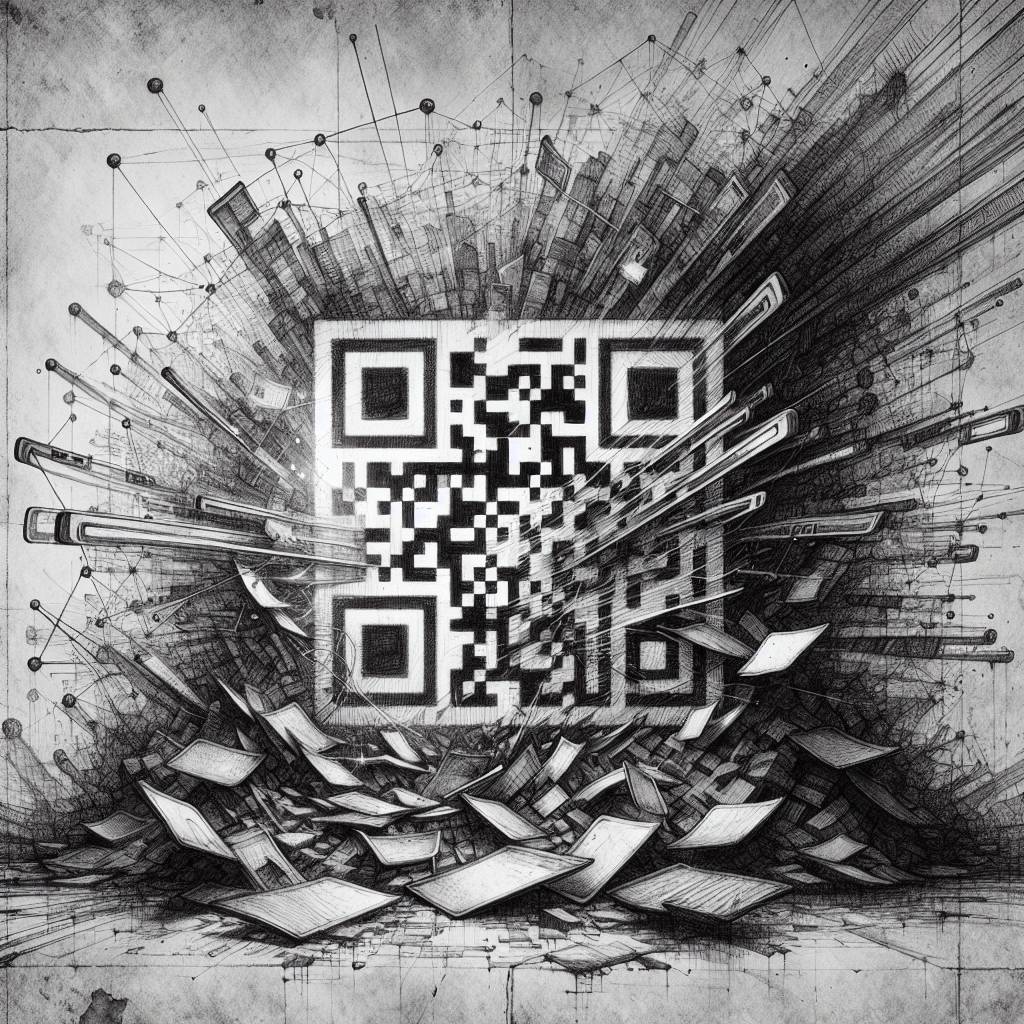QR Code Chaos: Mandiant Cracks Browser Isolation with a Clever Twist
Mandiant unveils a quirky way to sidestep browser isolation with QR codes, proving that even the toughest security measures have a soft spot. While not perfect, this method shows that browser security is still a work in progress. Time to embrace “defense in depth” strategies and keep an eye out for sneaky QR code shenanigans!

Hot Take:
Mandiant has discovered a way to turn your browser into a QR code party crasher! While browser isolation was supposed to be the bouncer keeping malicious code out of the club, it seems QR codes have found a way to sneak in through the VIP entrance. Who knew all those QR codes were just waiting for their chance to shine as cyber spies?
Key Points:
- Mandiant found a way to bypass browser isolation using QR codes for command-and-control (C2) operations.
- Browser isolation typically prevents malicious code execution on local devices by rendering web pages remotely.
- QR codes are used to encode commands visually, circumventing the usual isolation methods.
- This method has limitations, including data size restrictions and latency issues.
- Mandiant’s technique highlights the need for additional security measures beyond browser isolation.
Already a member? Log in here
